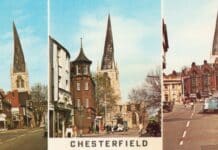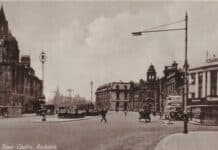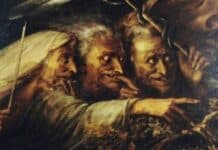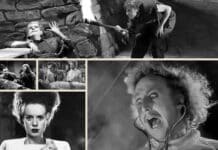The Stately Ghosts of England is paranormal TV 1960s style at its finest, writes RICK HALE. as he looks back at the TV special that sees Margaret Rutherford journey some of England’s greatest haunted houses
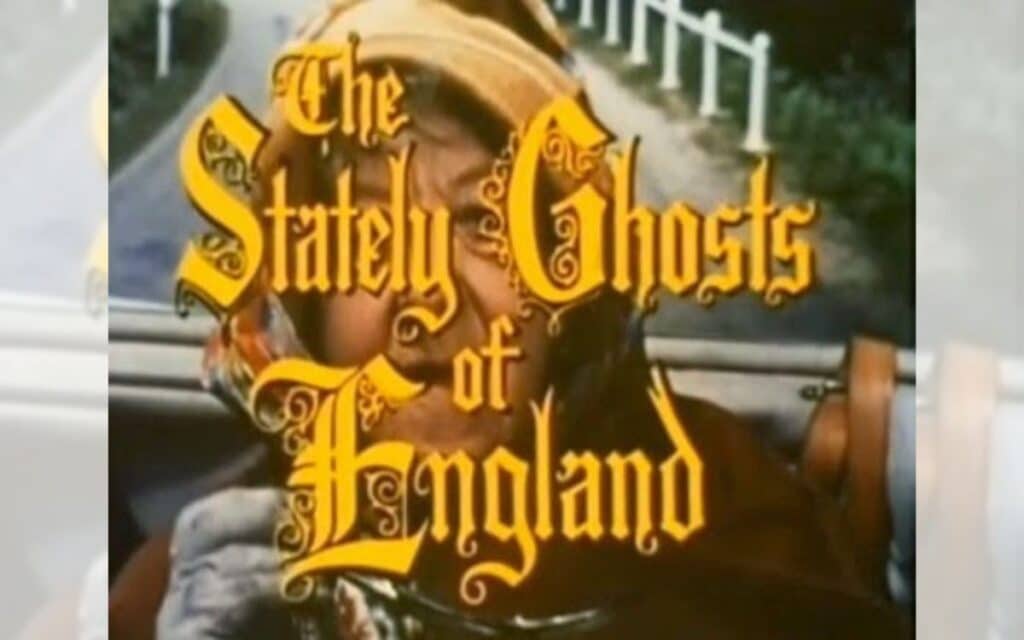
TITLE: The Stately Ghosts of England
RELEASED: 1 January 1965
DIRECTOR: Frank De Felitta
CAST: Margaret Rutherford, Stringer Davis, Tom Corbett
The Stately Ghosts of England 1965
It’s very rare that I ever watch paranormal TV shows. In my opinion they tend to be boring and formulaic. Not to mention suffering from severe bouts of bad acting and unnecessary screaming.
However, recently I was scrolling through YouTube when I came across an old lost paranormal documentary called, The Stately Ghosts Of England.
Now, being the unabashed Anglophile I am, especially where ghosts are concerned, I watched this documentary and immediately loved it.
The 1965 film was based on the book by the same name by author Diana Norman published in 1963.
The film follows the travels of some very unlikely ghost hunters as they travel to three of Britain’s most fabled haunted houses.
Leading this journey into the unknown is famed actor of stage, screen, and TV, Dame Margaret Rutherford.
A talented actress who fostered a lifelong fascination in ghosts and hauntings.
Joining her, as she travels to three of Britain’s most famous haunted houses is her husband, Stringer Davis. As well as the clairvoyant, Tom Corbett.
Although I highly recommend this almost lost piece of media to anyone to watch, it’s definitely great for Spooky season.
But what are these three houses that attracted these famous personalities to their front doors? These Stately ghosts of England.
Rather than giving you a scene by scene breakdown of the show, we’ll explore the stories that brought them to the houses. I would hate to spoil the surprises that await.
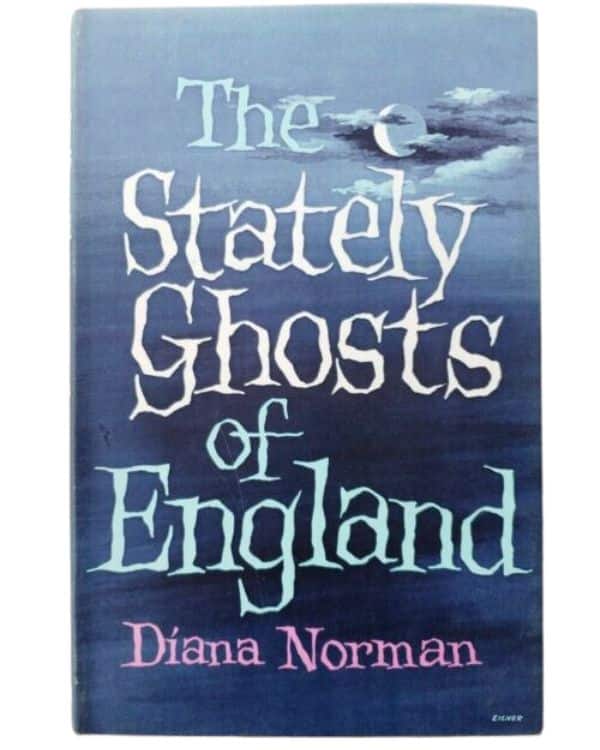
Longleat House
Our first stop on this tour of the stately ghosts of England, brings our trio of ghost hunters to the south west of Britain to the historic, Grade I listed, Longleat House.
Built in 1568, Longleat house was an Augustinian priory, the house went through several owners before becoming the seat of the Marquess of Bath.
During the 20th century, Longleat was used as a hospital during the Great War. And later during World War II was an evacuation point for the Royal School For the Daughters Of Officers Of The Army.
So, as you might imagine, Longleat House has a long and complicated history. So, it shouldn’t come as any surprise that this Stately home has its share of ghosts.
According to staff and visitors alike, Longleat is home to two very active ghosts. The first being the Grey Lady.
In life the grey lady was believed to be Lady Louisa Carteret, wife of the 2nd Viscount of Weymouth, Thomas Thynne.
When the Viscount discovered his wife was running around on him with what he considered to be, a lowly footman, he challenged the man to a duel.
When he won, Thynne secreted the body away in the cellar of the house which now serves as the Tea Room.
The story was confirmed early in the 20th century when the 5th Viscount discovered the mortal remains of the footman under the floor.
As for Lady Louisa, she returned from the grave to forever inhabit the house, undoubtedly distraught over the death of her lover.
Lady Louisa is most often seen wandering the hallway of the upper floor of the house. Staff rightly refuse to venture into her domain at night and have called the hall the grey lady’s walk.
The Bishop’s Ghost
Our second ghost is one of ecclesiastical origins.
Bishop Thomas Ken, was appointed by Charles II as chaplain to Princess Mary, wife of William of Orange.
Bishop Ken and William had a tempestuous relationship and often fought, rather loudly at times, over marriage.
Although a deeply religious and devout man, Thomas Ken was sent to the Tower of London for not agreeing with the spiritual beliefs of James II.
Upon release from the dreaded tower, Ken took up residence at Longleat where he lived out the rest of his days.
The ghost of the former Bishop is regularly seen in the red library studiously reading a book before vanishing from view.
Salisbury Hall
After the trio of ghost hunters depart from Longleat House, they make their way to Hertfordshire and a house that has been on the paranormal community’s radar for many years, Salisbury Hall and the ghost of Nell Gwynne.
For over a thousand years, a manor house had sat on this ancient site, but the present house was built around 1668 by London banker, James Hoare.
The intervening years saw a succession of owners including farmers. As well as the mother of Sir Winston Churchill who took up ownership in 1905.
The house took on a much different purpose in 1939 when the de Havilland Aircraft Company set up shop to test their prototype Mosquito aircraft.
Today, the house is a museum dedicated to de Havilland and a workshop where visitors can watch projects as they come together.
Although this has made Salisbury Hall famous in its own right, it’s the ghost of its most famous occupant that makes it legendary among ghost hunters, Nell Gwynne.
Star of the stage, Nell Gwynne was considered to be the greatest actress of her generation during the Restoration period.
But it was her side hustle that truly made her famous, mistress to the king of England, Charles II.
Gwyn and the King carried on a hot love affair, even providing him with children, until the death of Charles in 1685.
It was only a mere two years later that Nell Gwynne perished from a stroke.
Although Nell Gwynne is the most active ghost experienced at Salisbury Hall, there is one other, the spectral figure of a cavalier.
According to legend, rather than being captured by Parliamentarian troops, a cavalier took desperate measures and killed himself in Salisbury Hall.
He is said to emerge from a wall and go back to where he came from.
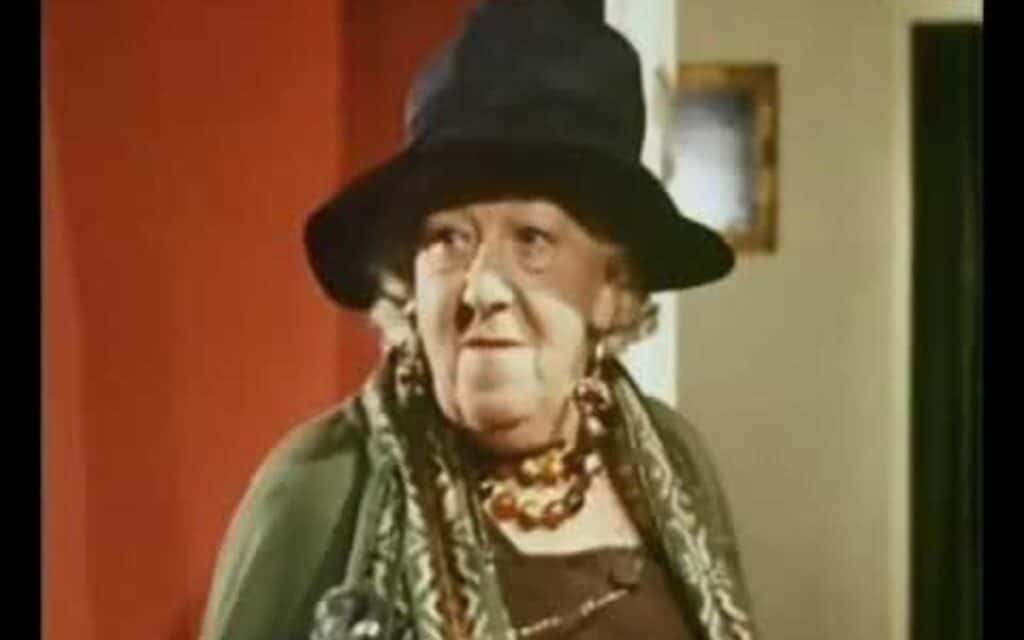
Beaulieu Abbey
Our third and final Stately old English haunt brings Dame Margaret Rutherford and her companions to the bucolic Hampshire countryside and ancient Beaulieu Abbey said to still be haunted by the Monks that lived there so long ago.
Beaulieu Abbey may now be a charming house; it was founded in 1203 by King John as a Cistercian monastery for Monks from France.
For centuries, the Monks lived at Beaulieu and served their god until Henry VIII’s Dissolution of the Monasteries.
With the Monks gone, the building was given to the 1st Earl of Southampton, Thomas Wriothesley.
Upon taking possession of the house, Wriothesley went about tearing down the church and building a Mansion, using the existing gatehouse as the basis for the house we see today.
Today, the former Abbey and Manor house is the National Motor Museum as well as a garden.
The house is open to the public and welcomes thousands of visitors a year.
The Monks who once inhabited this ancient home may be long dead, but their ghosts remain.
For hundreds of years the locals who live around Beaulieu have reported seeing the figures of Monks in both brown and white robes wandering the grounds.
One well documented story details a group of boys who were terrified by the image of a Monk as they hunkered down in an unused boathouse during a violent storm.
Lastly, the unmistakable sound of prayers and chanting can be heard coming from the old Abbey and is believed to be an omen of death.
The Stately Ghosts Of England, starring Margaret Rutherford can be found on YouTube and is a great early example of paranormal documentary filmmaking.
I would ever consider it a must watch by anyone interested in the ghosts of Britain.
And I leave you with this, Happy Halloween.
Have you seen The Stately Ghosts of England 1965? Tell us your thoughts on the comments section below!


